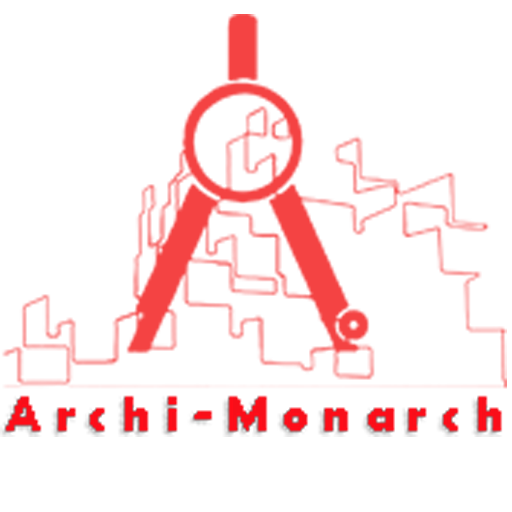Brick Bat Coba is a traditional waterproofing technique used in building construction, especially for flat roofs. It involves laying brick bats (broken pieces of bricks) over a layer of cement mortar in a systematic manner to create a slope that facilitates water drainage.
This is followed by applying a layer of waterproof plaster over the brick bats to seal the surface and prevent water seepage. The method is valued for its durability, thermal insulation properties, and cost-effectiveness.
Commonly used in Indian architecture, Brick Bat Coba is particularly effective in regions with heavy rainfall, providing a robust and time-tested solution for roof waterproofing.
If you want to know about the staircase detail or toilet detail or miscellaneous detail, please click the link.
Image of Brick bat coba detail and downloadable (in DWG) link below

Brick bat coba detail drawing – 1
A Brick Bat Coba detail drawing in construction illustrates how this waterproofing method is applied on flat roofs.
Here’s a description of what a typical detail drawing includes and how it’s constructed:
Brick Bat Coba Waterproofing – Detail Drawing Description
Base Slab (RCC Roof Slab)
- The process starts with the structural reinforced concrete (RCC) roof slab.
- The surface is cleaned and roughened for better adhesion.
Bonding/Slurry Coat
- A cement slurry or bonding agent is applied over the slab to ensure good adhesion of the waterproofing layers.
Brick Bat Layer
- Brick bats (typically 40–70 mm thick) are laid in 1:4 cement mortar (1 part cement, 4 parts sand).
- Laid with a minimum slope of 1:100 to 1:150 for proper drainage.
- The brick bats are spaced with gaps filled with mortar to form a solid, sloping base.
Cement Mortar Plaster (Top Coat)
- Over the brick bats, a top plaster layer of 1:3 cement mortar (about 20–25 mm thick) is applied.
- This is finished smooth and sloped towards the drainage outlets.
Curing
- The entire surface is cured properly for at least 7 to 14 days to prevent cracks and ensure long-term durability.
Optional Finishes
- Some may add a protective coating (e.g., acrylic waterproof coating) or a tile finish on top for aesthetics and additional waterproofing.
Drainage Outlets
- Proper detailing around drainage pipes, ensuring smooth water flow and sealing to avoid leakage.
Key Notes in the Drawing
- Indicate slopes using arrows.
- Show cross-sections with materials labeled: RCC, mortar, brick bats, plaster.
- Add dimensions for each layer (e.g., slab thickness, coba thickness).
- Highlight expansion joints, if used.
- Mark parapet wall junctions where waterproofing continues up the wall (~150–300 mm).
Our tips to help you improve your architectural Brick bat coba detailing.
